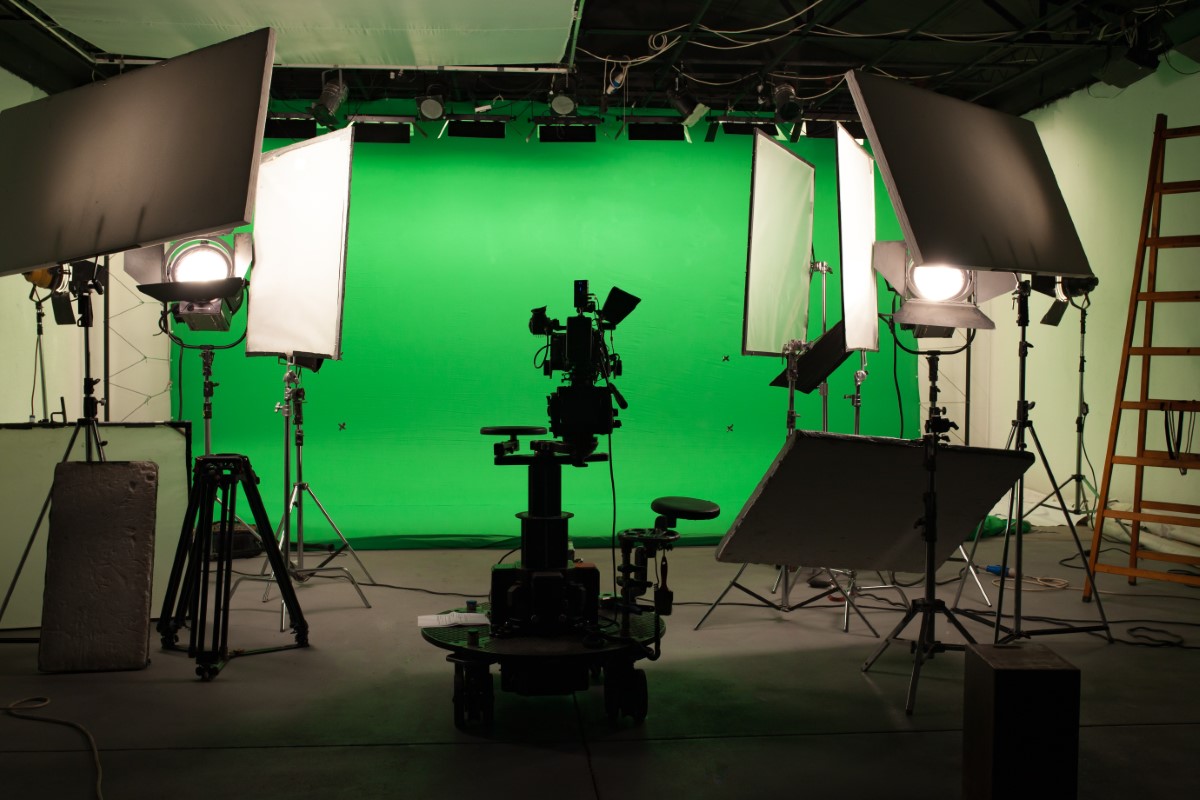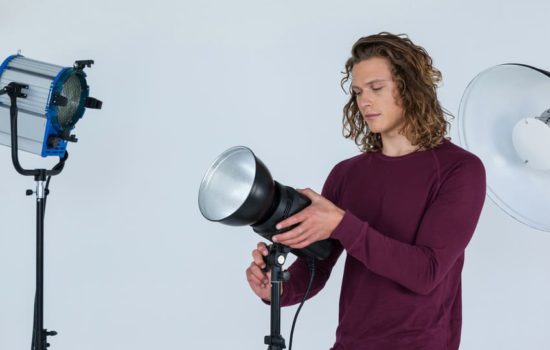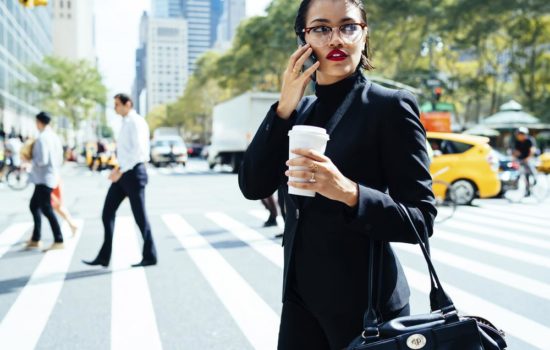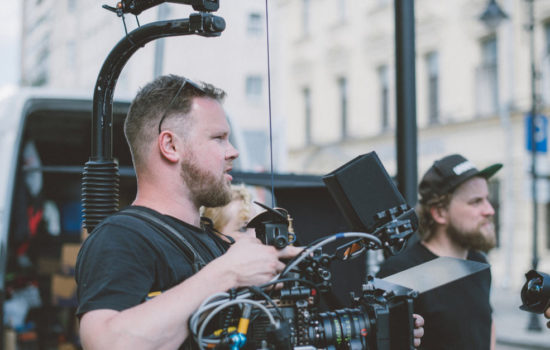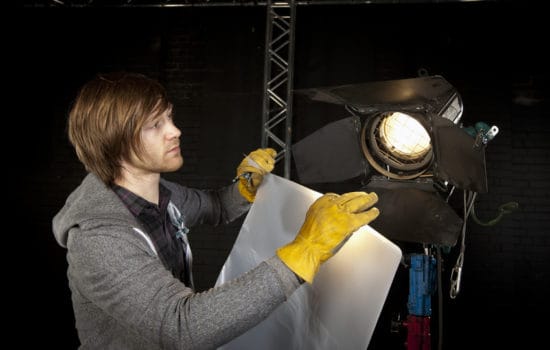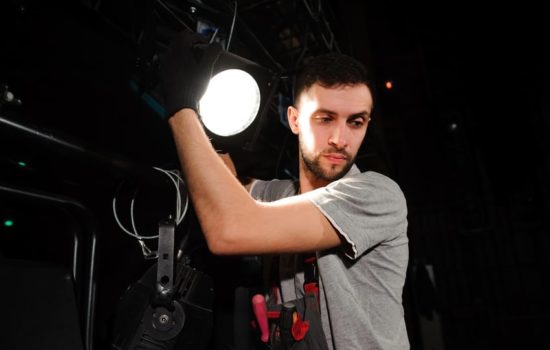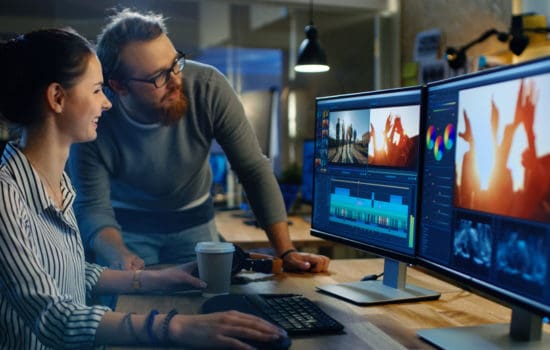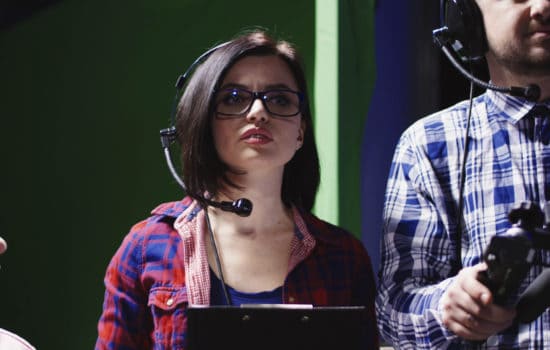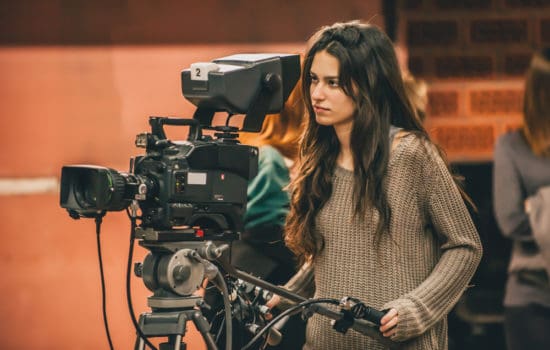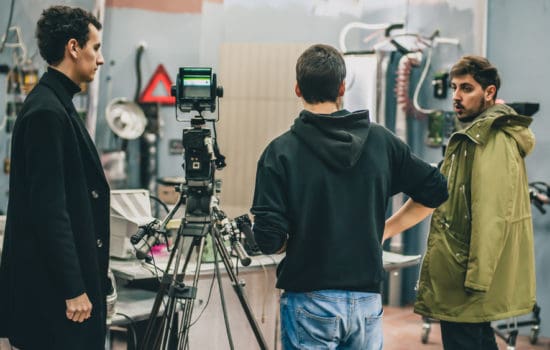A green screen is just that… A green-colored piece of material, which can be paper, cloth, or another solid medium.1 This screen is typically placed in the background of a scene as the shot takes place with Actors performing or other activity happening on camera.
It should be noted that a green screen’s placement might also be in another specific section of a shot if need be. For example, a green screen might be placed over a television prop if the Filmmakers want to later swap in footage to be played on the TV during the shot.
What is a green screen?
A green screen is a physical screen typically made of a green cloth or opaque paper that is hung in a section of a shot – often the background – in front of which the action of the scene takes place. The green screen is used as a placeholder for the computer-generated effects or CGI footage that will be later inserted in the shot.
